A country can be judged by the quality of its proverbs.
German Proverb
The military crisis of the late 2nd century.
A history of Rome, by Prof Alfred Kennard, 2002 New York
After Cotta had been more or less accidentally killed and henceforth dealt with most Senators acted if nothing happened and continued their political work. For a few years this seemed to be plausible, the temple of the Roman goddess Concordia [goddess of harmony] was renewed in 120 BC as a symbol that order was restored.
But from 118 BC onward another process started that enhanced the Roman civil war, yet this time it started external. Within a few years multiple enemies, without consulting each other, started pressing against the boarders of the Roman Republic. This effect should lead to a serious military crisis. It all started in Africa.
The following chapters shall offer a short summary of these costly conflicts.
The map shows the Roman Empire in 120 BC and the military conflicts.
1. War against Bodmelquart
From around 118 BC it seemed like Numidian raiders started crossing the Roman borders and attacking trade posts that were part of the Roman province Africa. Each year the attack seemed to worsen, and in 116 BC the governor of the province decided to station mercenaries on the boarder to protect the trade trade. These raiders were actually led by a Numidian noble called Bodmelquart. Bodmelquart was a leading some 4000 men at the beginning of the conflict. But his reputation as a wise philosopher and fearless soldier made him famous in Africa and with the rising conflict against Rome warriors and mercenaries flocked to him.
When Roman auxiliary met the Raiders in open battle in the same year the Romans could stop the small raiding band.
Raiders attacking the province.
Numidian raiders advancing.
Roman auxilliary troops defending Numidians. These troops may not be equipped well, but their fighting spirit was remarkable.
Bodmelquart decided to attack the Roman territory with some 1800 men. The Romans did not have any legion in Africa, only a few auxiliary troops at their disposal. Rome sent word to the Numidian king Bathyaes to call Bodmelquart back, but he denied any direct involvement with the Raiders. The Roman Senators did not quite believe those claims and decided it would be best to declare war on the Numidians. The following year a consular army by Servius Aemilius Lepidus was sent to Africa to deal with the Numidians and to defeat Bodmelquart. At first the Romans drove the Numidian raiders back and attacked the Numidian army on the northern coast of Africa. But Aemilius Lepidus took his time with his war. It took him two additional years (114 BC) to capture the important city of Ippone, even though Numidia didn’t have any serious forces stationed there.
Aemilius Lepidus taking Ippone in 114 BC.
The following year the Numidians retaliated and attacked the most important city in Africa, Atiqa, ultimately threatening to cut of the Aemilius Lepidus from vital supplies. At the battle of Cirthul in 112 BC some 29.000 Roman troops faced a smaller Numidian army of 20.000 men. There is no surviving account on what exactly happened during the battle, but according to Fabius, Aemilius Lepidus was killed and the Romans lost 18.000 men.
The Romans sent another two legions under the prêt or Servius Atilius Calatinus. Calatinus commanded the forces to destroy Bodmelquarts forces in the hinterlands, while he ordered his promising military legate Quintus Sergius Orata (who would play an important part later) to secure the coast of Africa.
Calatinus and Orata landing in Africa, prepearing to attack the Numidians.
In 111 BC it came to the battle of Sarpetas where Sergius Orata faced the prominent Numidian general Maharabal.
Orata was not a brilliant tactician, but he sticked to the usual Roman tactics.
The heavy infantry in the ranks of the Numidians were Greek mercanaries which had the equipement to fight against the Romans.
Lacking heavy cavallry, the Numidians often lost fighting at the flanks and thus being encircled by the Roman legions.
Marahabal fleeing from the field. His future after the battle is unknown.
While Orata had won an important victory over the Numidians he returned to Rome after the battle, while it was rumoured that he had not a stomach for battle. Nevertheless the battle proved to be a gain in prestige for Orata.
Meanwhile Calatinus campaigned deeper in the African hinterlands without having to fear being cut off from supplies after the battle of Sarpetas. Yet it took him another two years until he could face a Numidian army at the battle of Turuth in 109 BC.
Calatinus campaigning in the Numidian hinterlands.
Battle of Turuth
This battle was decided by the lack of heavy infantry of the Numidians. Being cut of the sea, the steady flow of Greek mercs ceased.
Despite winning the battle (there are no sources on the casualties) Calatinus mandate was running out that year and he had to return to Rome, being replaced with the inapt Spurius Sergius Esquilinus. Sergius Esquilinus directly attacked Bodmelquarts stronghold in the city of Kirtan, where he lost the battle of the Kirtan hills in 108 BC. He remained in Africa the following year without trying to confront Bodmelquart at all. The following year he was recalled to Rome because of the lack of progress.
In 106 BC the praetor Kaeso Curius Denatus arrived in Africa. Like Sergius Esquilinus he attacked Bodmelquart directly. But Denatus was a great organiser and had a sense for logistics, so he knew how to move thousand of troops through mostly unknown terrain. In 106 BC it came to the battle of Kirtan (not to be confused with the battle of the Kirtan hills).
Denatus facing Bodmelquart
Despite not being forticated, Kirtan was build on a natural hill that made reaching the city extremly difficult.
Roman Hastati moving up the hill.
The Numidians immidiatley started engaging the Romans, trying to stop them before they could enter the city.
Heavy Roman lancers moving into position.
Fabius tells us, that at the look of the Numidians the Romans begann to laugh, but once engaged they were suprised over their steadiness and bravery.
The Numidian nobles used Carthaginian equipment.
The battle was going on for hours when...
...when heavy Roman lancers destroyed the outer defence of Kirtan. Denatus knew how to trap the enemy in a pocket.
Triari moving up to enter the city.
Roman soldiers are about to enter the city.
After some fierce fighting in the small city the Romans eventually slaid Bodmelquart and took the city. The Numidians were utterly defeated.
With Bodmelquart and a great deal of the Numidian army being dead the Numidian king had no other choice but to make peace with the Romans in 105 BC. Numidia became dependent of Rome and had to pay tribute. The king was removed from his throne and the lands were now open to Roman colonization. This was the end of Numidian rule in Africa.
Rome in 105 BC.
Denatus remained in Africa until 102 BC making sure that the situation in Africa was secure. When he returned to Rome he was celebrated as a war hero (much to his surprise) and awarded with a triumph.
The war lasted for over ten years and cost the Romans dearly with only little gain. It was the first time the Romans had problems recruiting soldiers after two important battles were lost during the campaign. The problem would not become apparent however until the Teutonic invasion.
2. War in Spain
The more or less stable political situation with the remaining northern Celtic tribes in Spain ended in 112 BC when the Astures under their King Kuintitaku Nertobricoi invaded Roman territory and raiding the country side.
Astures crossing the Roman border.
Being engaged in France and Africa at the same time, the Romans had little possibilities to deal with the problem. While not being strong enough to attack one of the important cities, the Astures fought a bitter guerrilla war against the Romans, raiding small villages and trade caravans. It took the Romans several years until they waged to attack the Asturian lands directly. But in 103 BC the praetorian army under Kaeso Calpurius Bestia engaged the King in the battle at the Pallantian forest.
The battle was fought in difficult terrain.
Asturian axemen were infamous and feared enemies.
But the sheer number of Roman soldiers made the Asturians fall back to the woods.
The Roman cavallry chasing skirmishers.
During the battle, the Romans had to move up to the woods where the Astures reorganized. Romans were not used to fight in woods, so they did not know what would happen.
The fighting in the wood was fierce and the Romans lost a good deal of men. But also in this case the Romans could drive the Astures off by their sheer number of force. But these victories came at a great cost.
With the defeat of the Astures at the Pallantian forest only the Celtic tribe of the Cantibri remained independent of Roman rule. The Asturian domain was added to the Roman provinces in Spain.
3. War in Southern France
In 114 BC the Celts from the Arverni tribe attacked the greek city Massalia [modern day Marseille] which was allied with Rome. Massalia and the Arverni Gauls had an uneasy history for decades, but this time the attack was more sincere and threatened the destruction of the city. Rome had important business interests with the city and decided to send an army to aid the Greeks. Gaius Curius Denatus, the younger brother of Kaeso lead an army against the Arverni in 113 BC where it came to the battle of Narbo.
The Arverni were known for producing sowrds and armor that exceeded the once from the Romans.
In the battle of Narbo the Romans used another legion to outflank the Gauls. This caused massive panik amon them.
According to Fabius, some Gauls were such fierce warriors that they did not flee and run for their life, but rather died in battle being greatly outnumbered.
Through the victory at Narbo the Romans now had the entire southern coast in modern-day France under their control, including the wealthy city of Tolosa [modern-day Toulouse]. The conquered area was made to the Roman province “Gallia Narbonensis”. But the victory also left an uneasy relationship with one of the most powerful Celtic tribe in Gaul.
4. Teutonic Invasion
The latest conflict of the late 2nd century crisis was caused by the Germanic tribe of the Teutons. This tribe moved from Jutland or Scandinavia due unknown reasons towards the Balkan and Italy. A small band of 5.000 raiders crossed the Alps in 109 BC scouting the wealthy Roman Republic. They were driven off the following year in 108 BC by the consul Servius Iunius Brutus who engaged the slow moving Teutons in the battle of the Karsian hills. The exact location of the battle is unknown, but we know that it was fought somewhere in the Swiss Alps.
Teutonic Axemen charging against the Romans.
Fighting in unknow terrain against an unknown enemy was tough and many soldiers fleed after being surrounded.
Germans defending against an attack by the Romans.
Despite being an indecesive battle, the Romans lost many men. These casualties could not be replaced easily anymore.
The account on the battle is scares, only Fabius tells us that it was neither a victory for the Romans or the Teutons. Yet the battle cost the Romans many men. For another 6 years the Teutons moved through Gaul and returned in full force in the summer of 102 BC attacking the city Mediolanum [modernday Milan]. It was the same year when Denatus returned from Africa after he defeated Bodmelquart. The news of “Barbarians” invading Italy caused panic among the Romans.
[…]
Timeline of the events
(all dates are BC)
118 First Numidian Raiders attacking the Roman province Africa.
116 Romans win the first skirmish against the Numidian Raiders.
116 Bodmelqart starts a counter attack and defeats the Romanan auxilliary.
114 Aemilius Lepidus takes the costal city of Ippone in Africa.
114 The Gaul tribe of the Arveni attack Massalia in southern France.
113 Numidians attack the Atiqa in Africa.
113 Battle of Narbo - Gaius Curius Denatus defeats the Arverni. The area becomes the Roman province Gallia Narbonensis
112 The Celtic Astures start invading and raiding the Roman provinces in Spain.
112 Battle of Cirthul - The Romans lose against the Numidians and give up the city of Ippone.
111 Battle of Serpetas - Sergius Orata defeats the prominent Numidian general Maharabal. Ippone is back in Roman controll.
109 Battle of Turuth - Atilius Calatinus defeats the Numidians who are on the defence from now on.
109 First Teutons arrive in Italy.
108 Battle of the Kirtan hills - Sergius Esquilinus is not able to defeat Bodmelqart at his stronghold.
108 Battle of the Karsian hills - Iunius Brutus engages the Teutons. The battle is indecicive
106 Battle of Kirtan - Curius Denatus defeats Bodmelqart.
105 End of the war against Bodmelquart.
103 Battle at the Pallantian forest - The Romans under Calpurius Bestia defeat the Astures.
102 Denatus returns to Rome, celebrating his triumph.




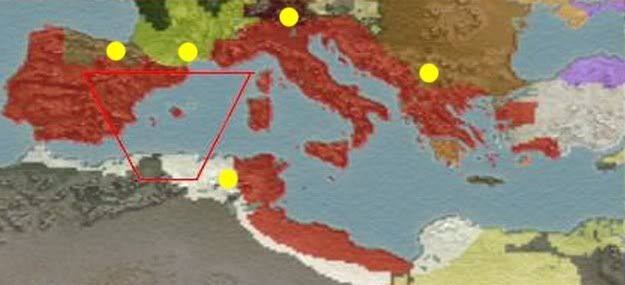
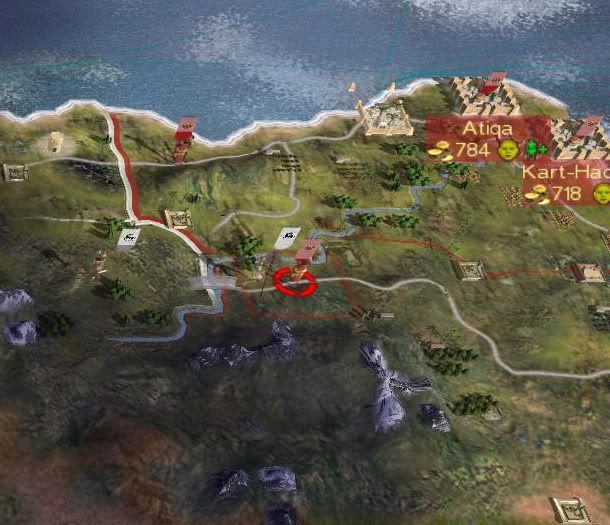
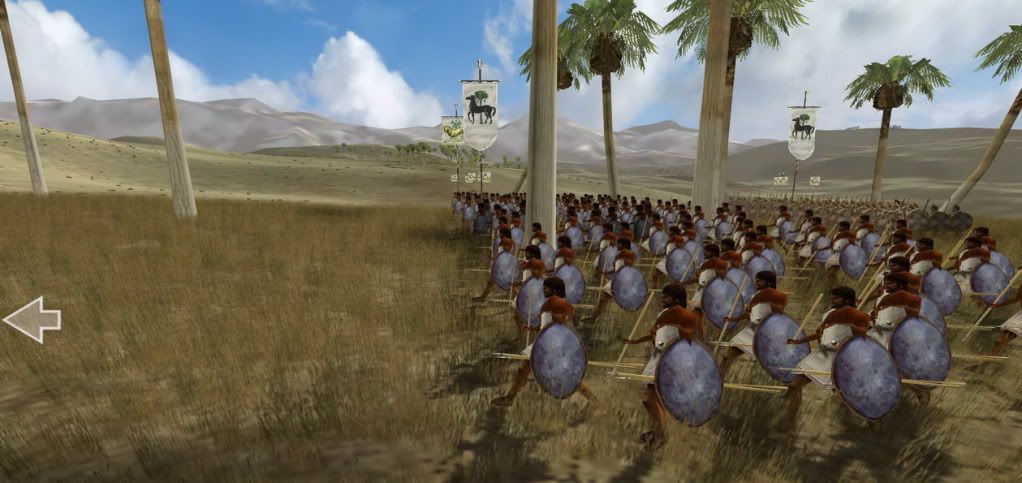
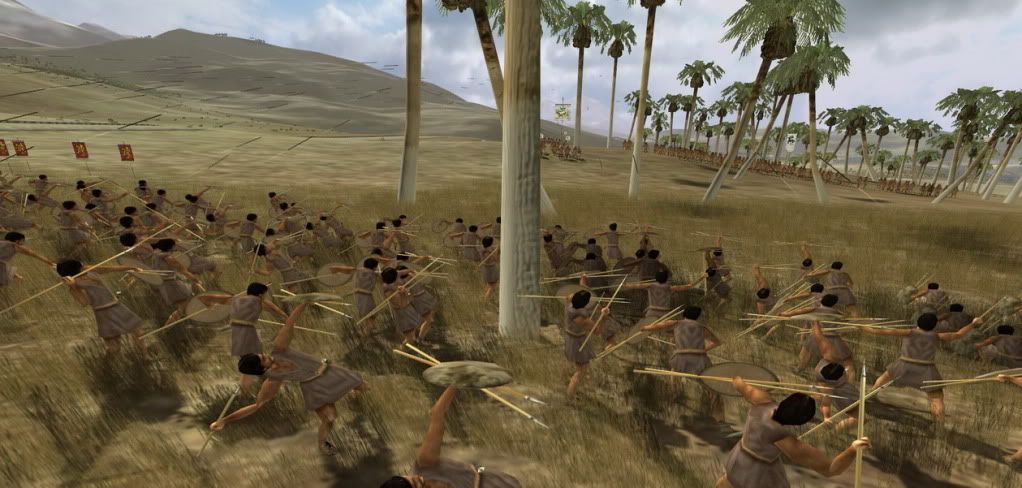
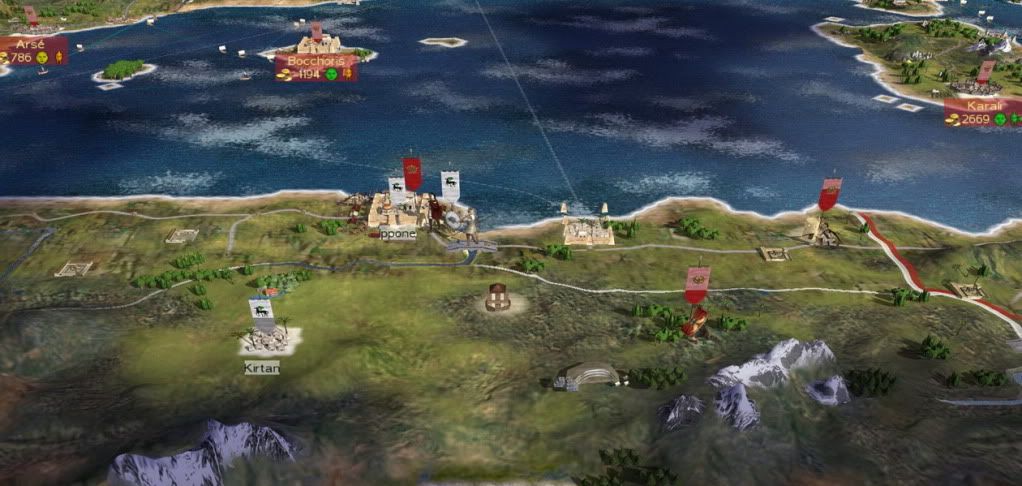

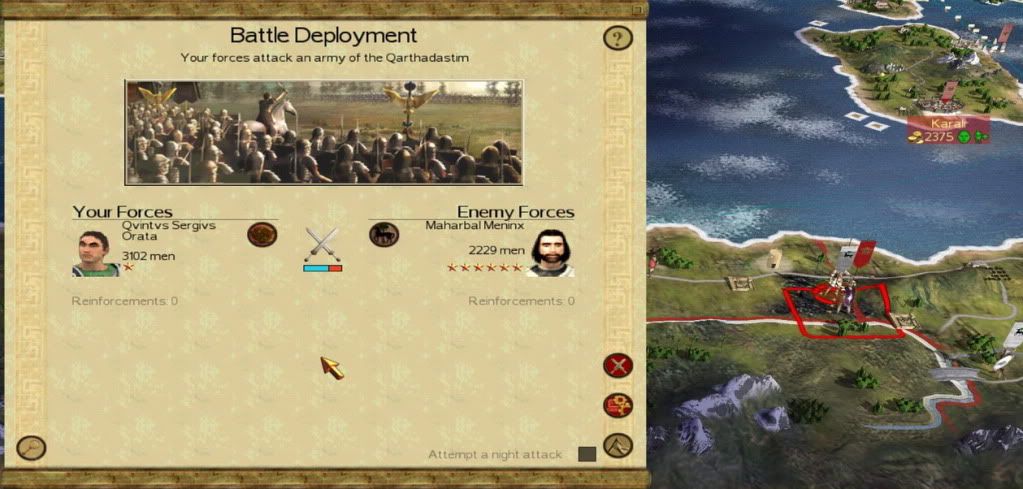
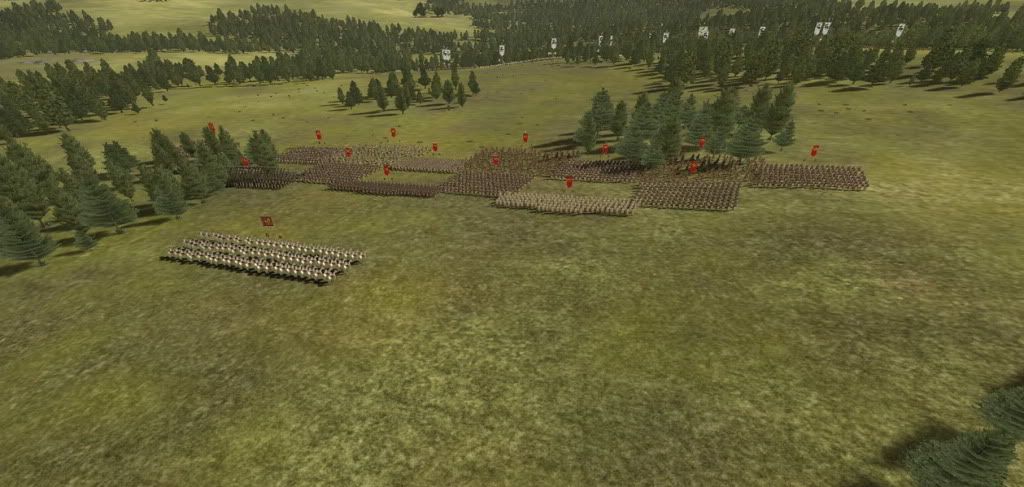
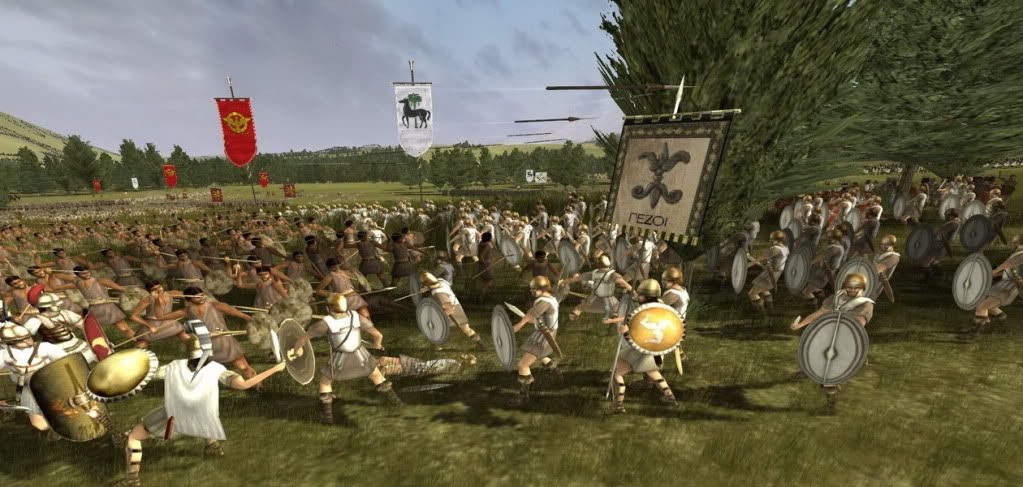
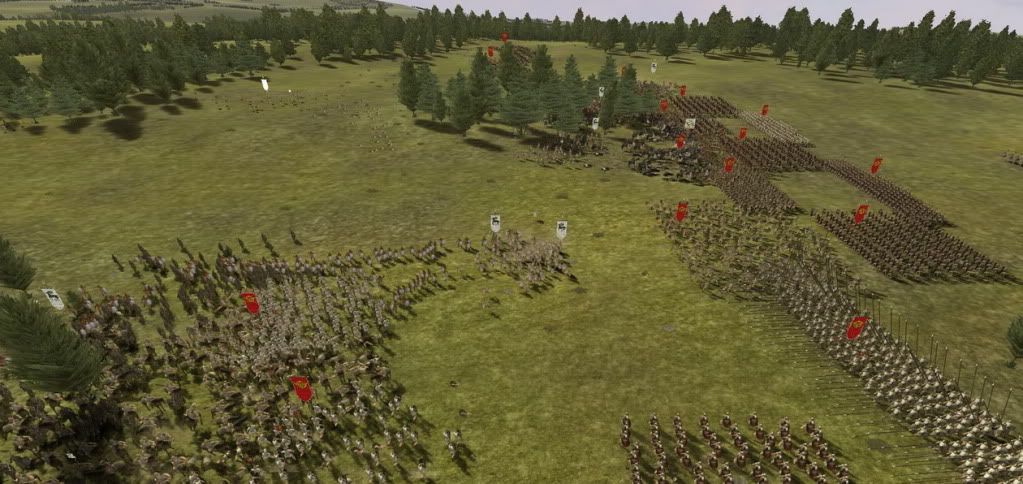
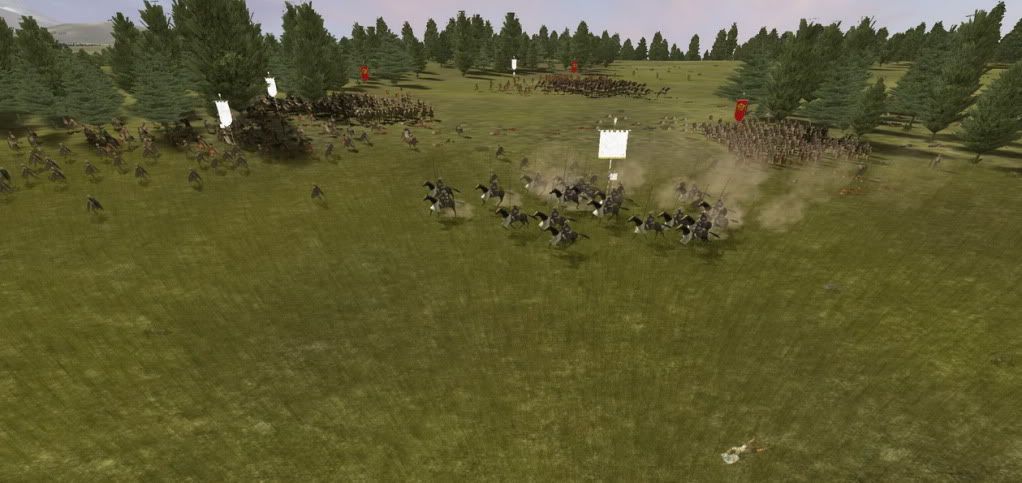
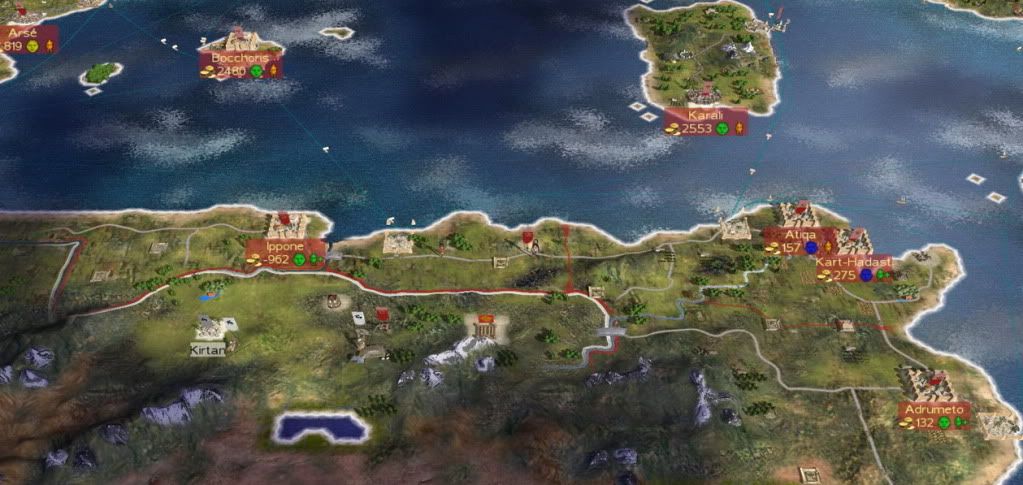
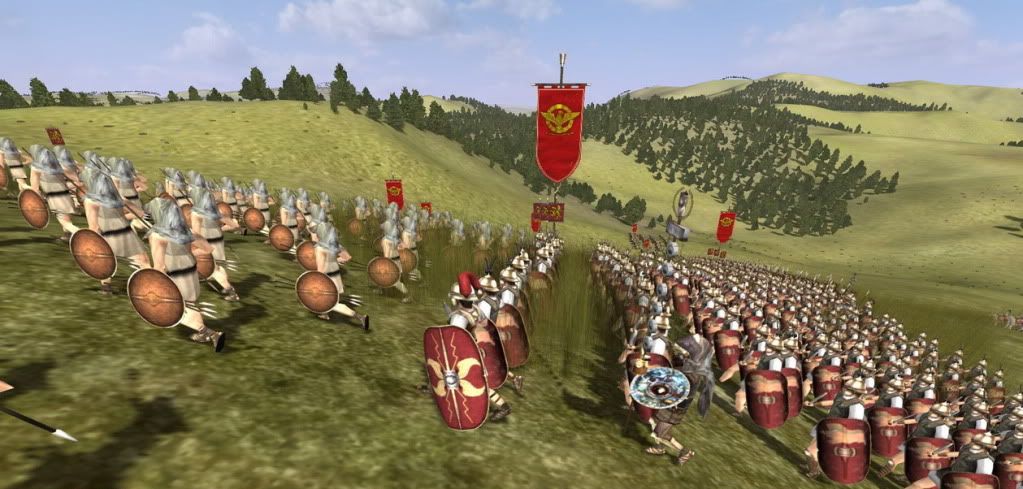
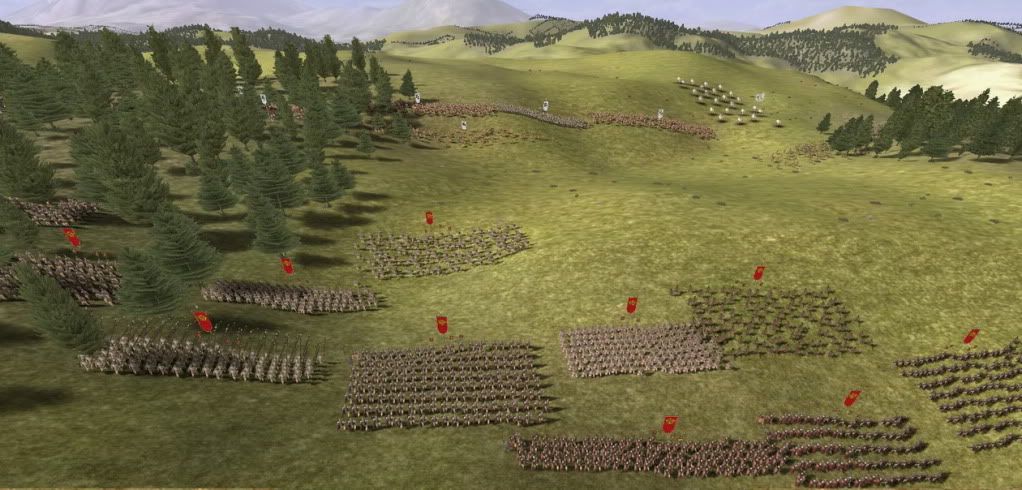
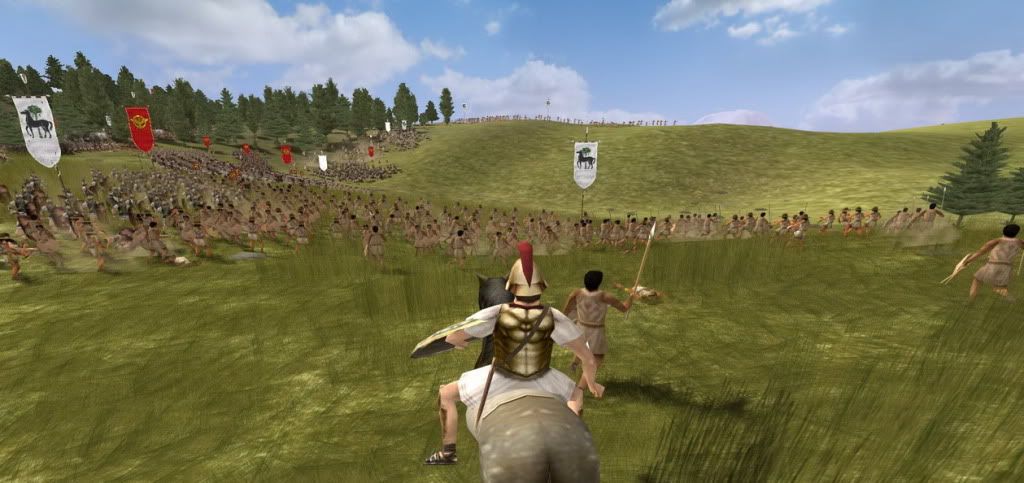


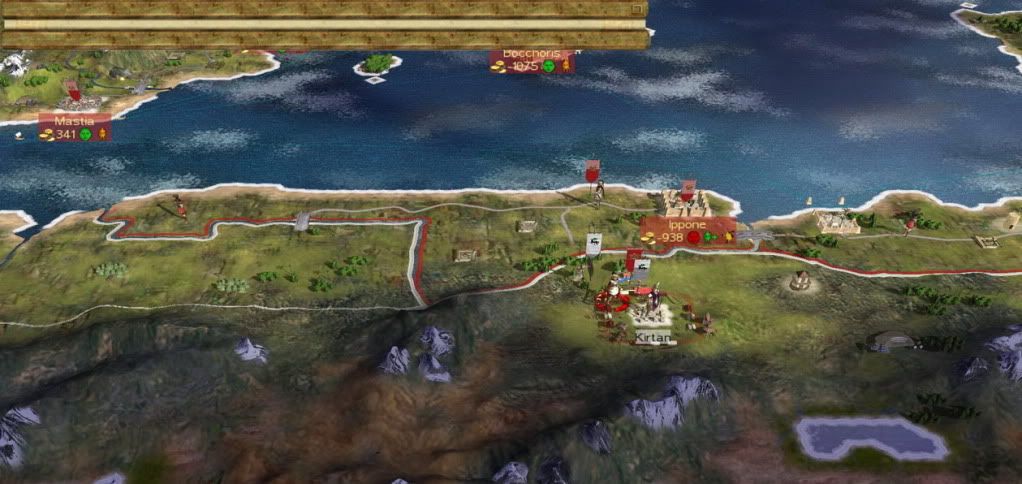
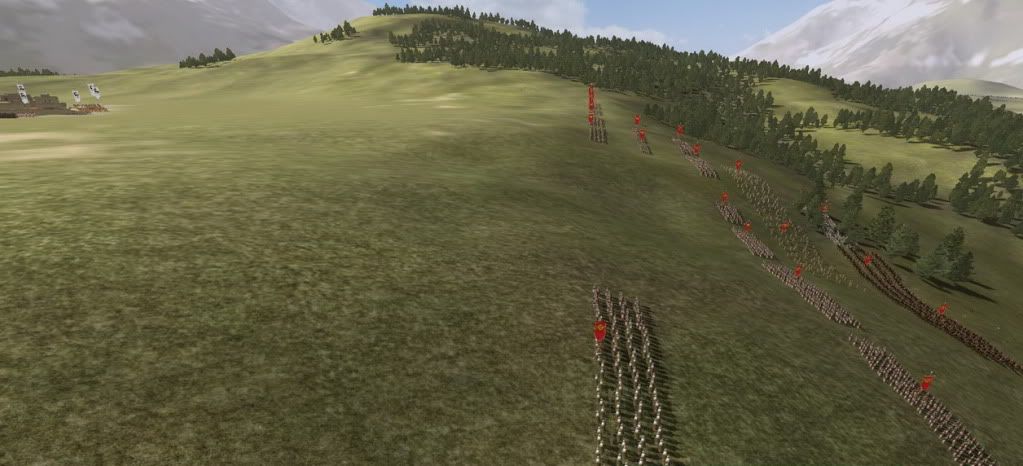

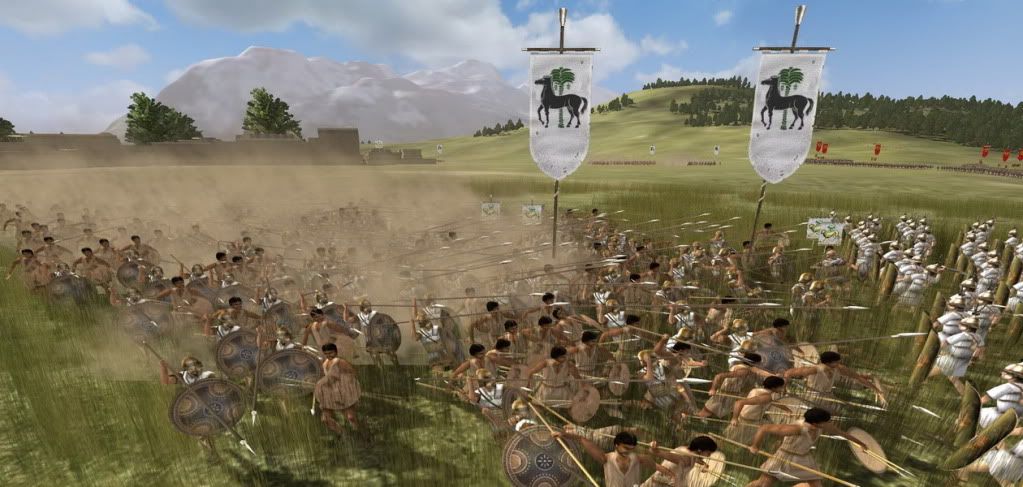
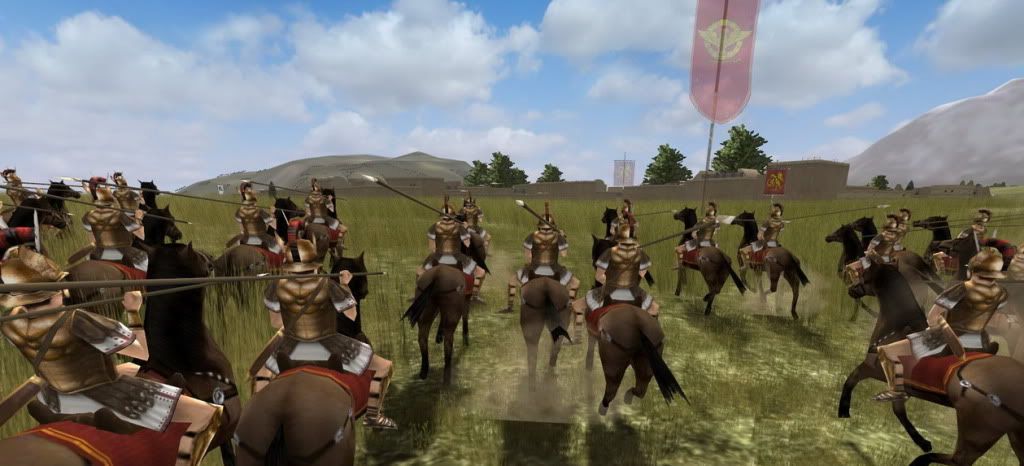
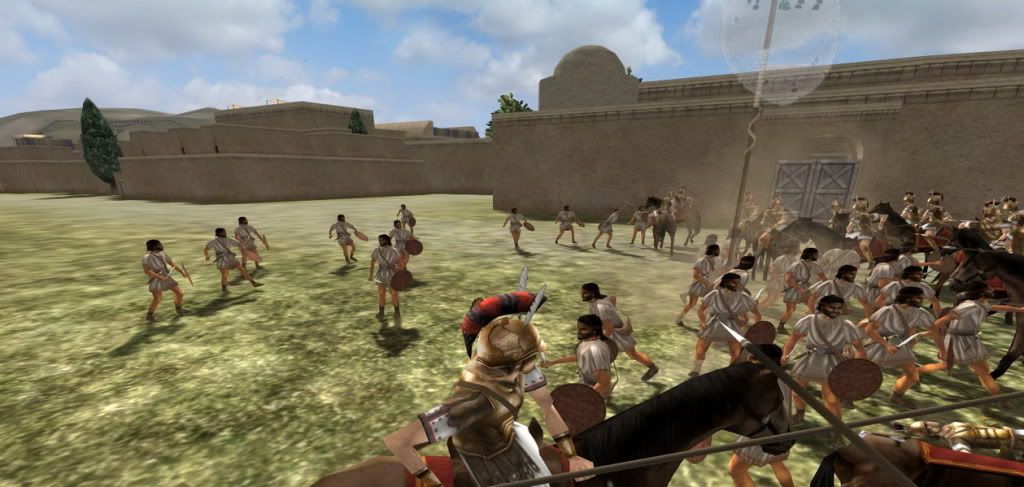
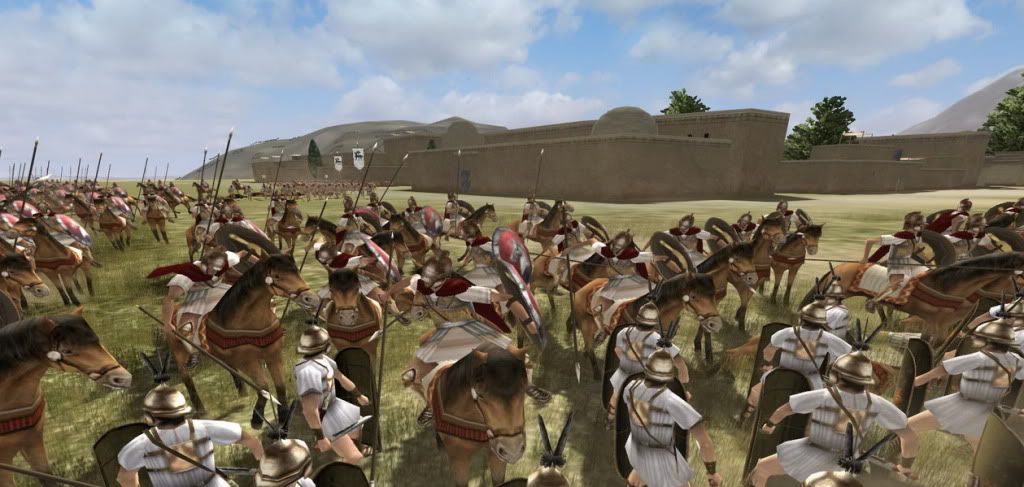
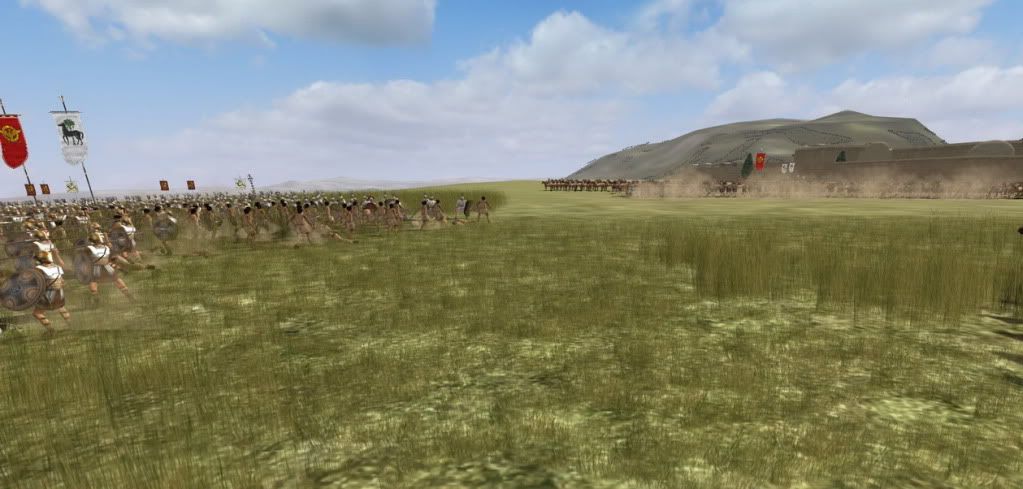
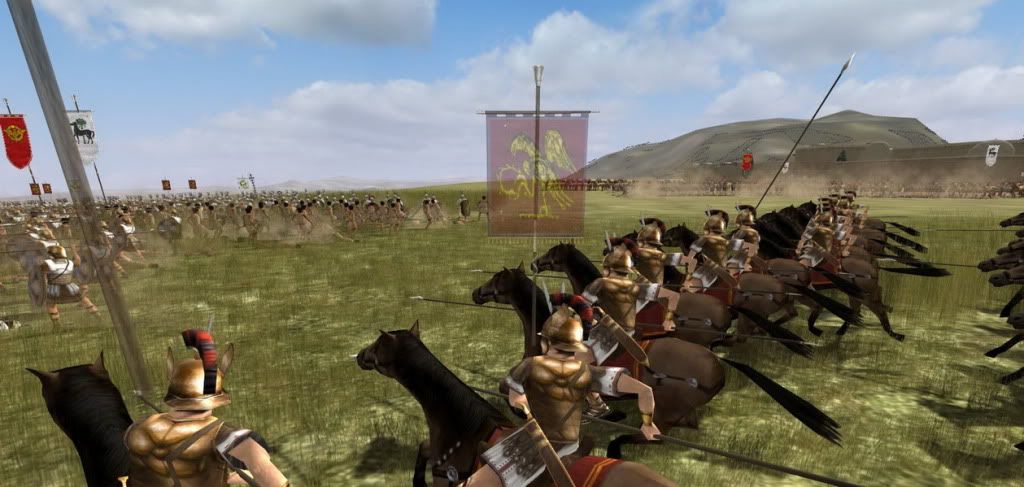
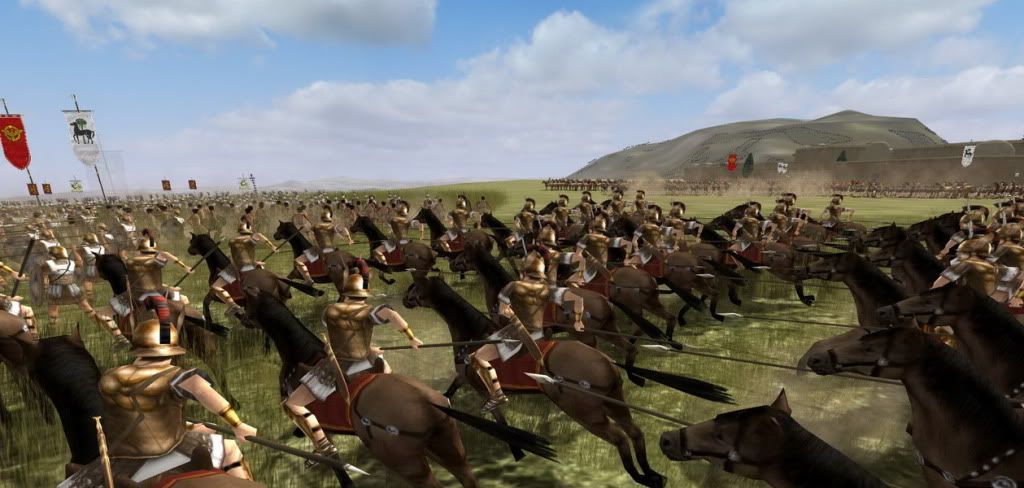
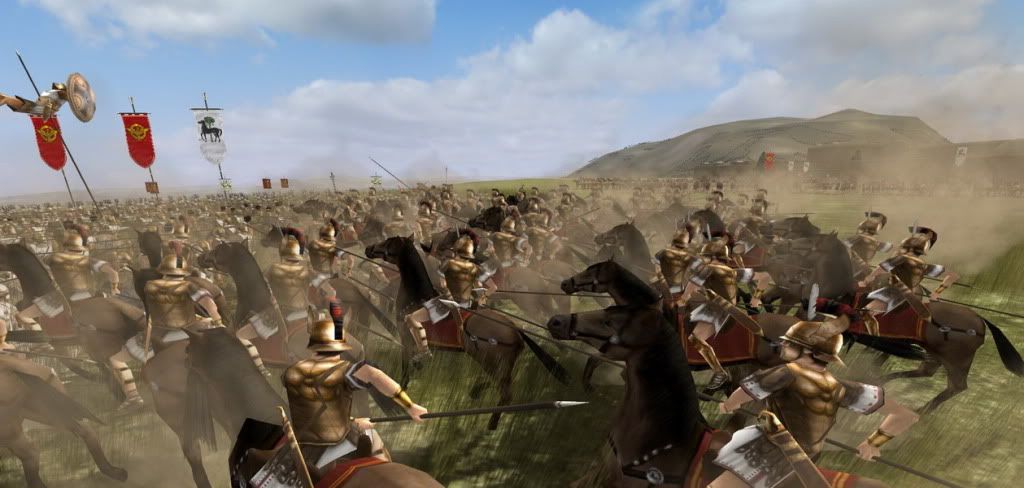
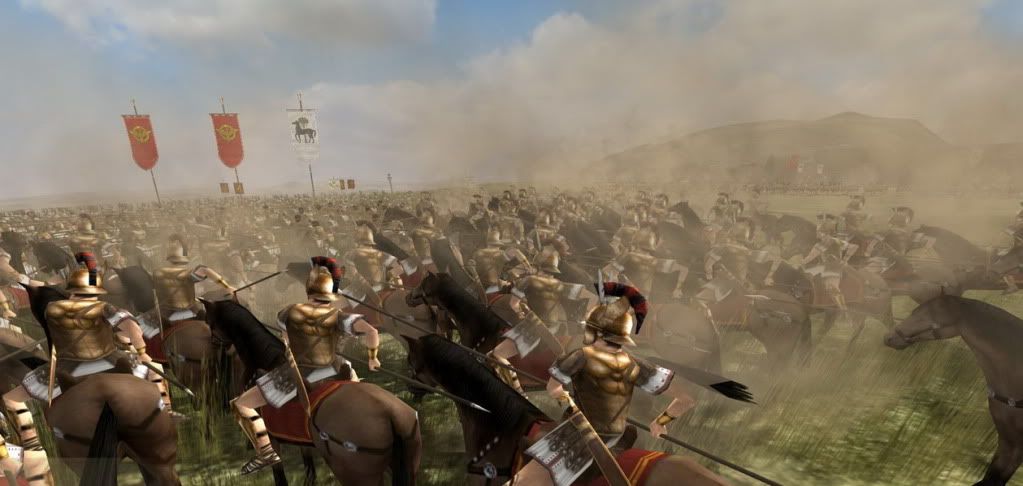
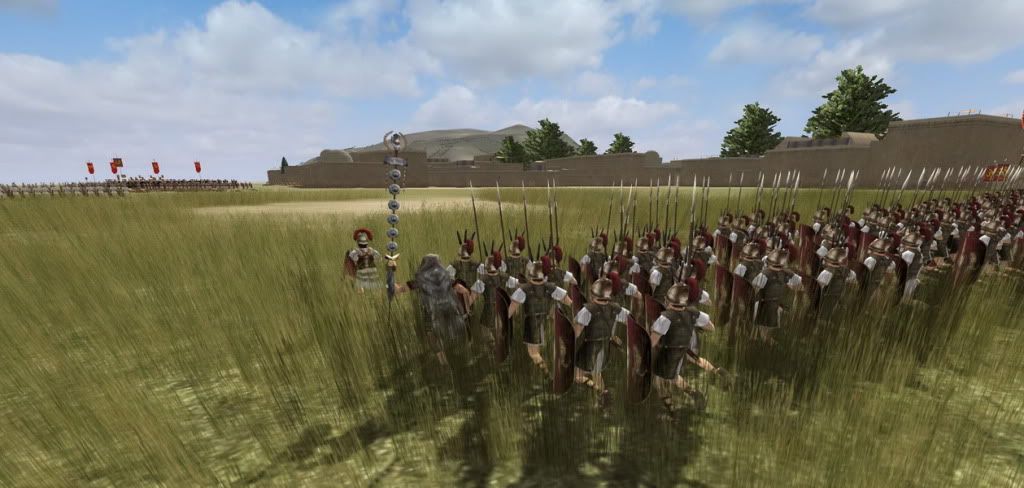
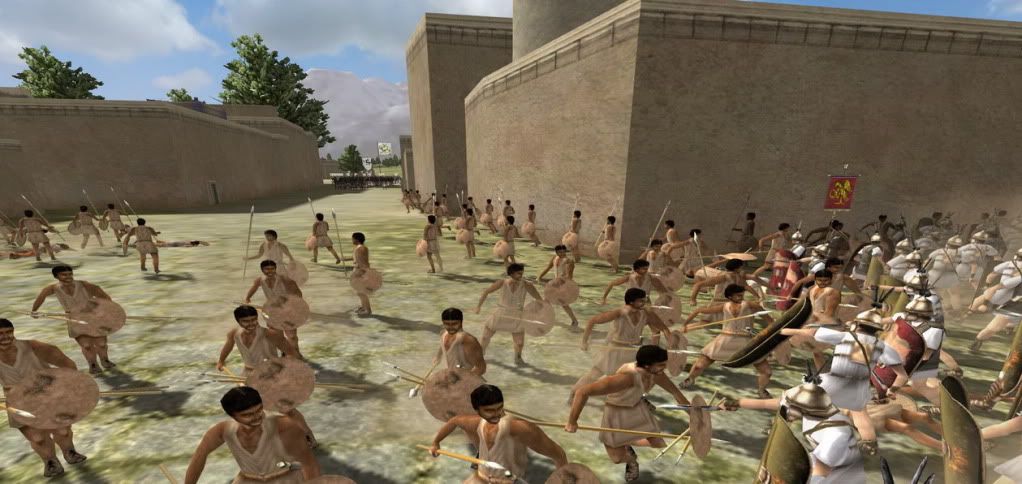
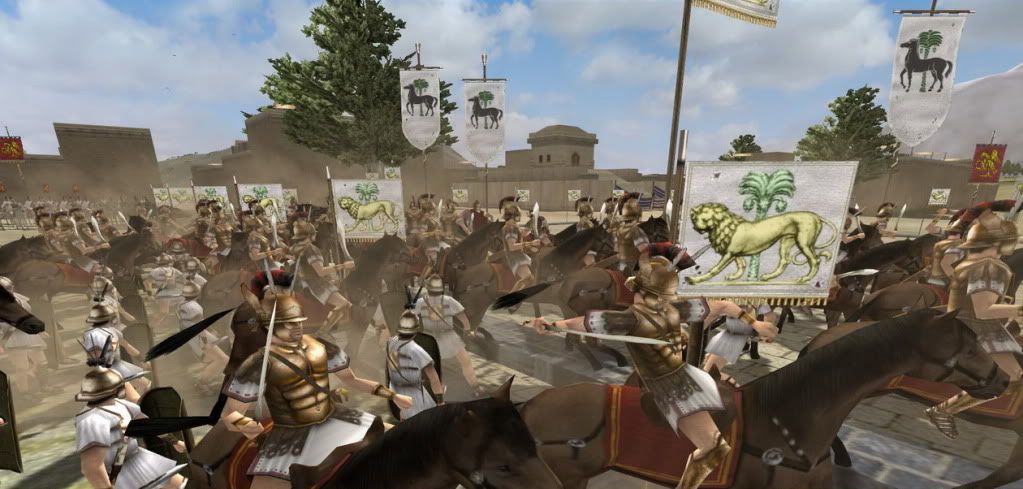
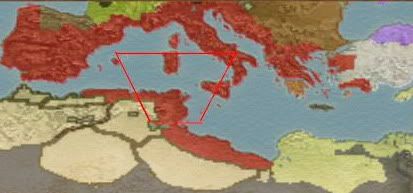
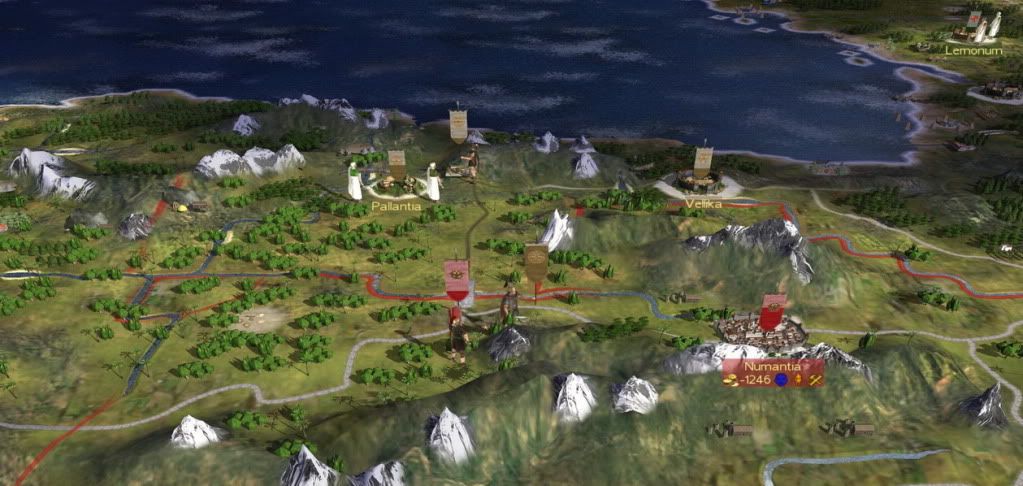
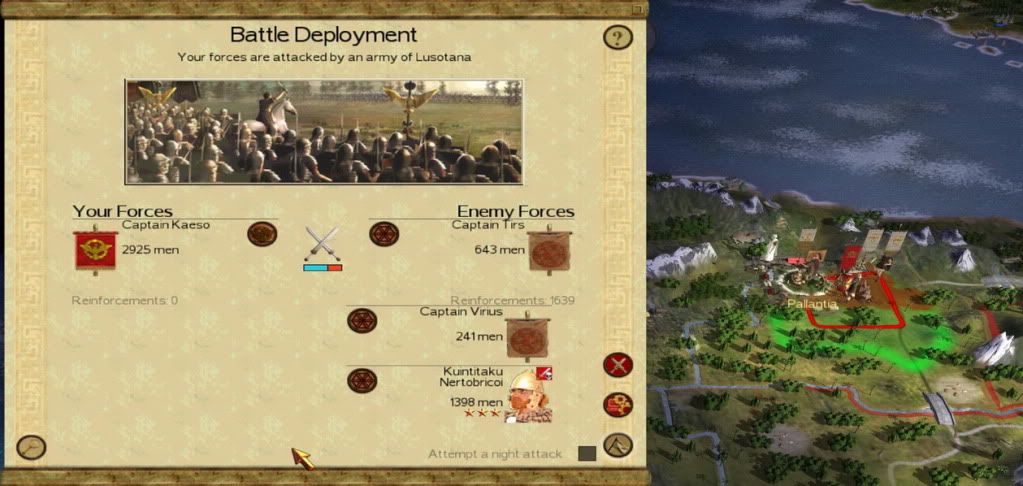
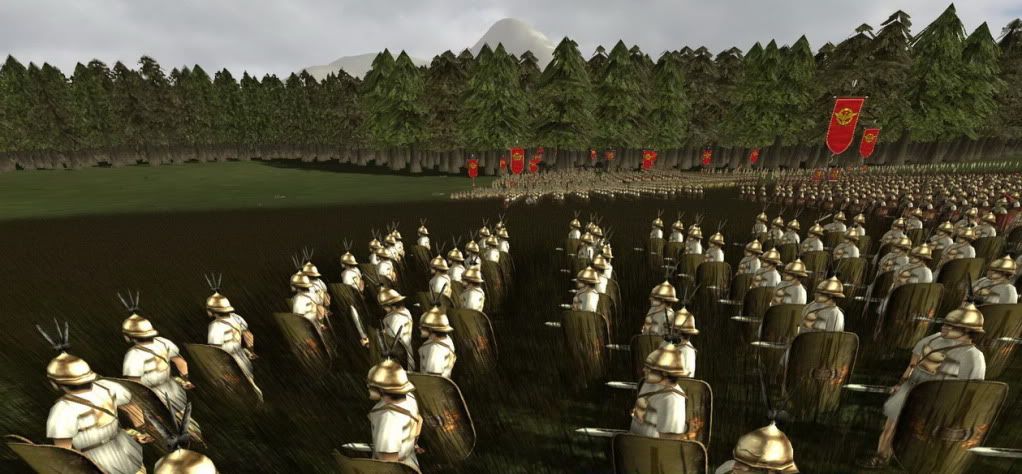
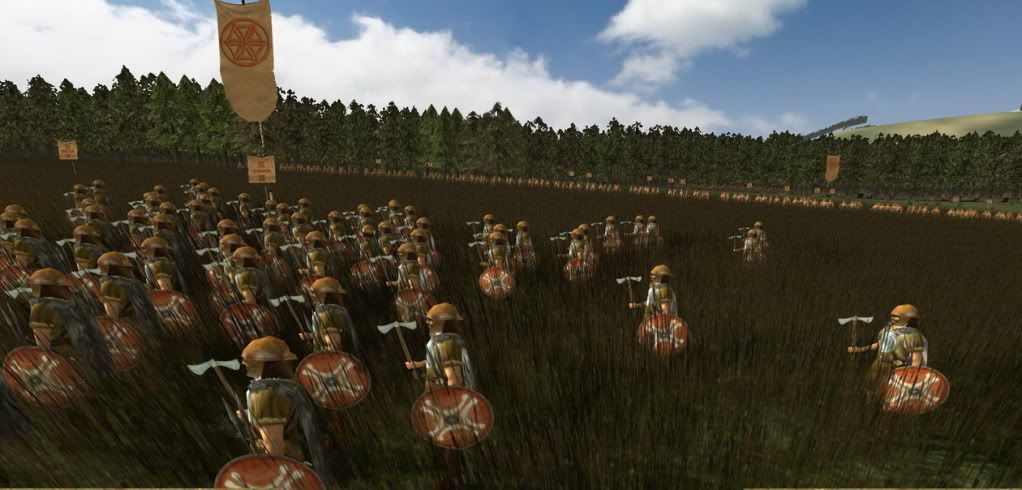
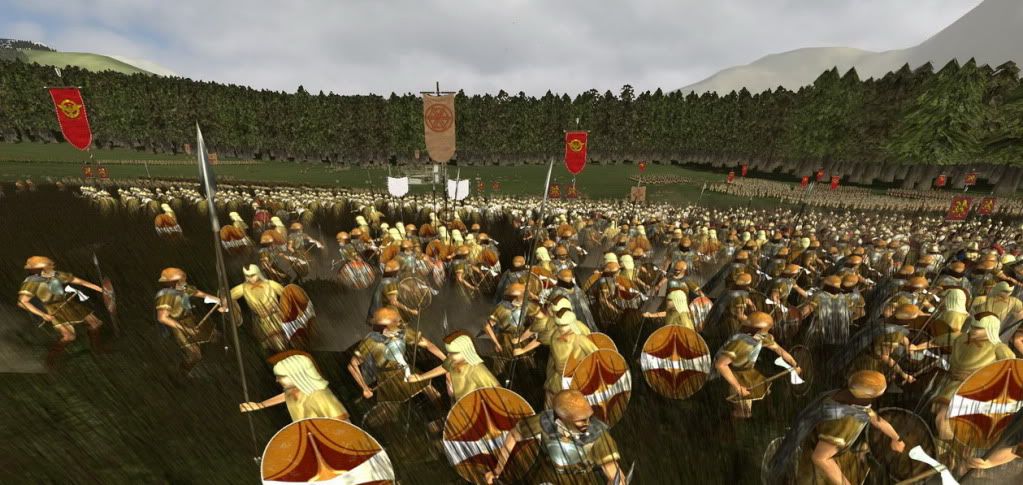
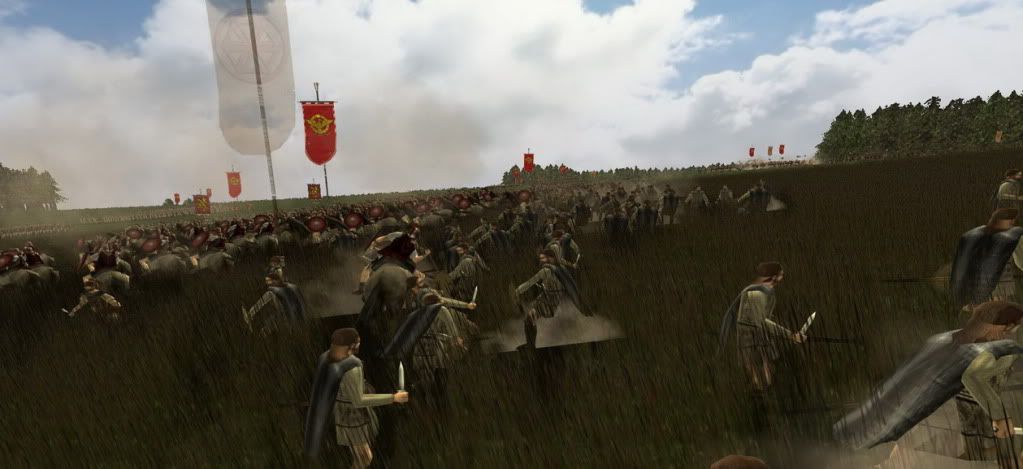
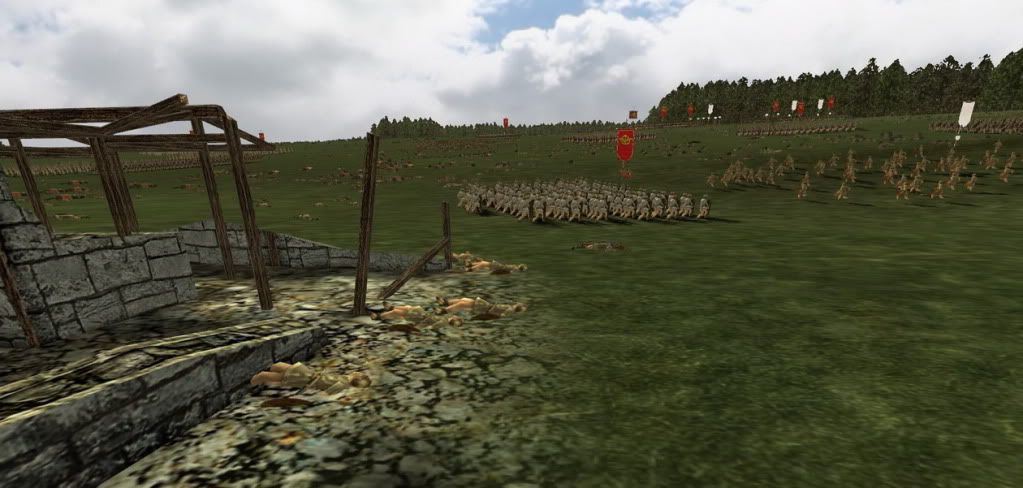
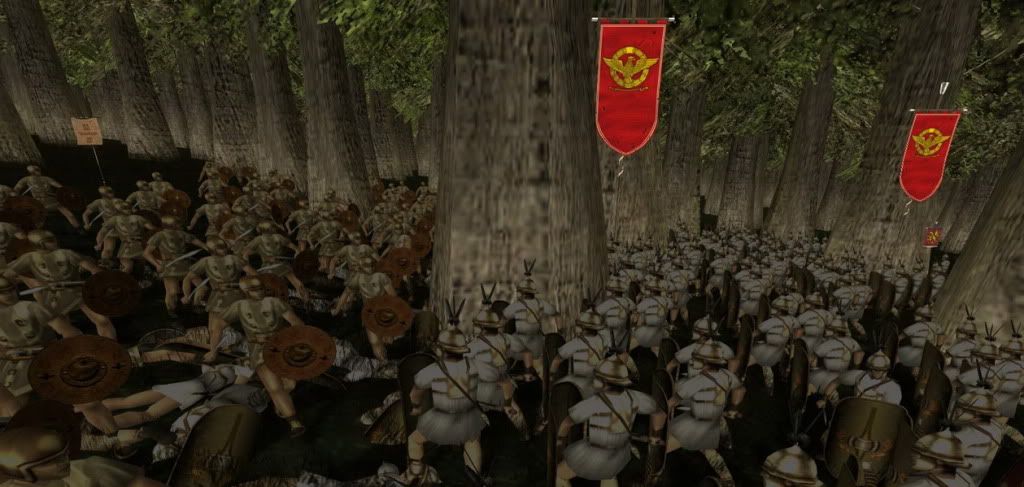


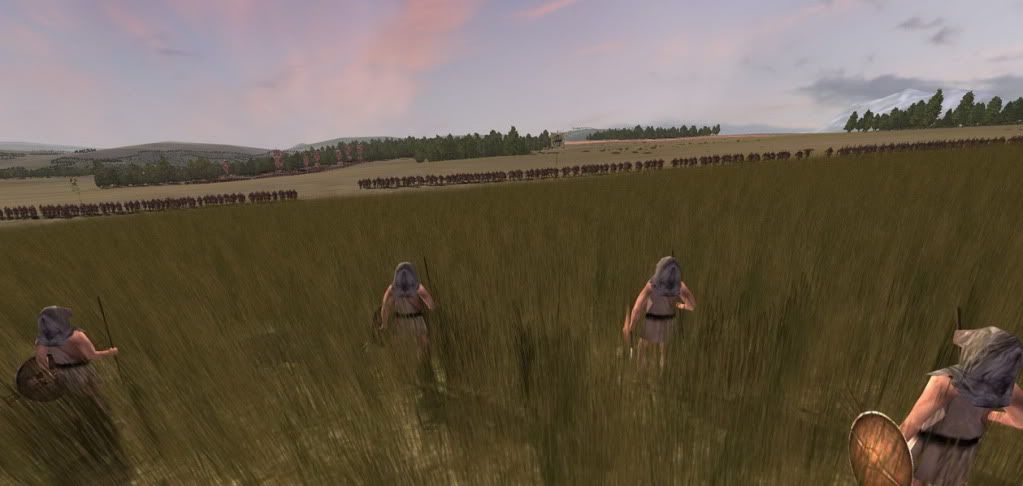

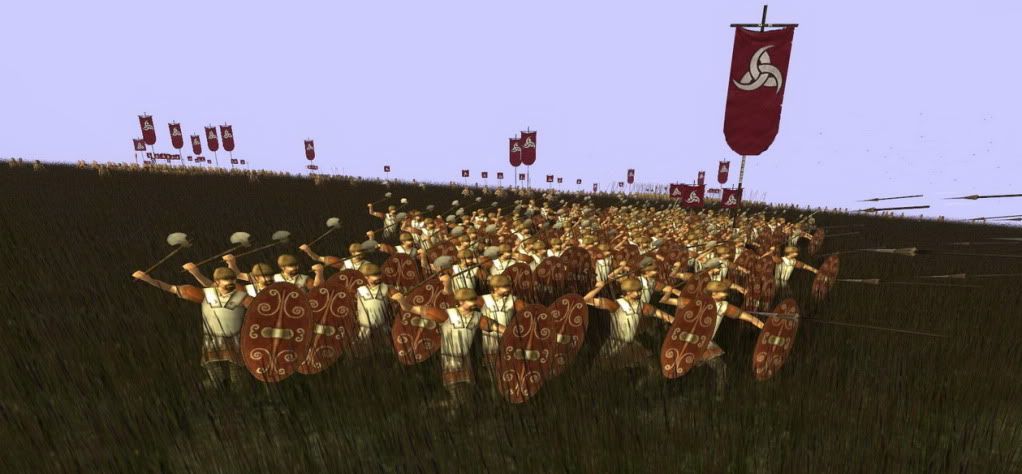






 Reply With Quote
Reply With Quote
Bookmarks